Date: 1st August 2022
Travelled: 100 kms from Höfn to Djúpivogur
Visited: Driving Route 1 and Djúpivogur Þ ð
Stayed: Camping Djúpivogur, Isk3500, N64.65560, W14.28520
Budget: 68 days @ €108 per day
After the long drive from Vik we decided to stay an extra day in Höfn. The campsite was good even though it was overpriced, not connecting to power saved some money. Höfn has a couple of good walks, an excellent pool and some good restaurants.
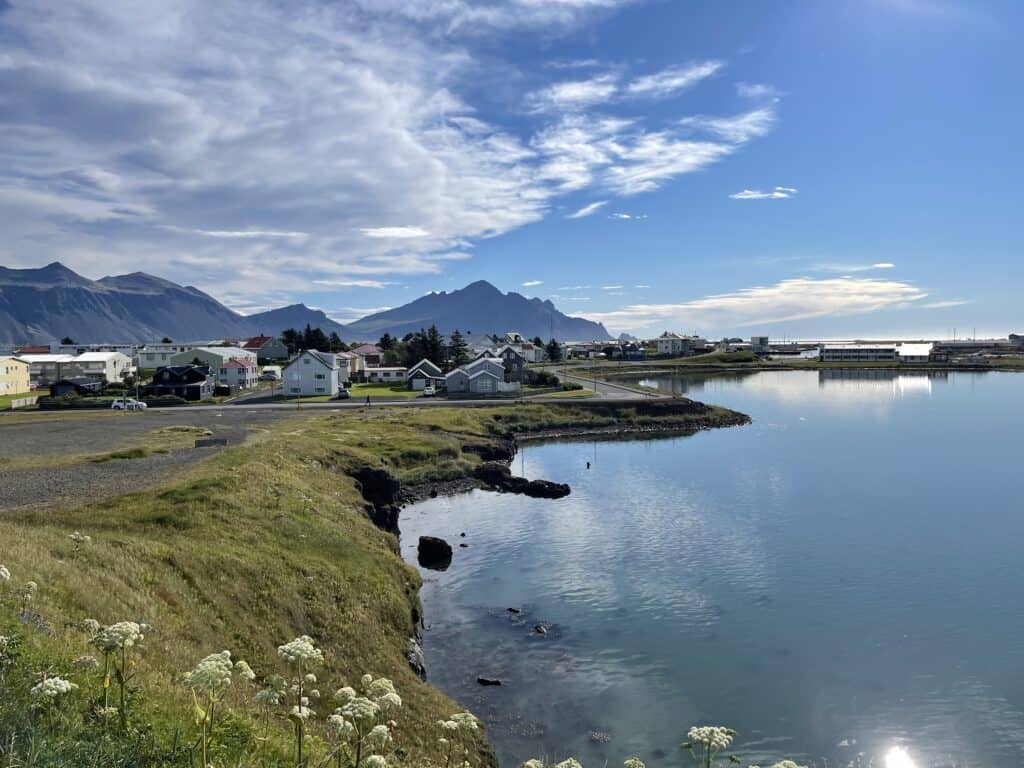
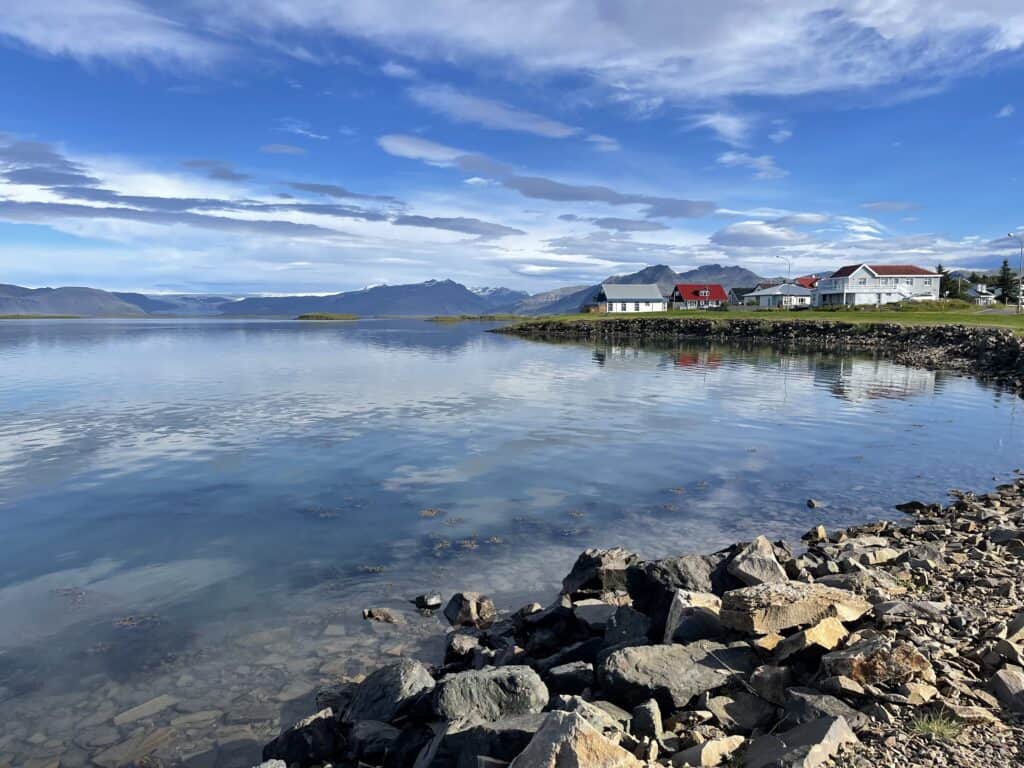
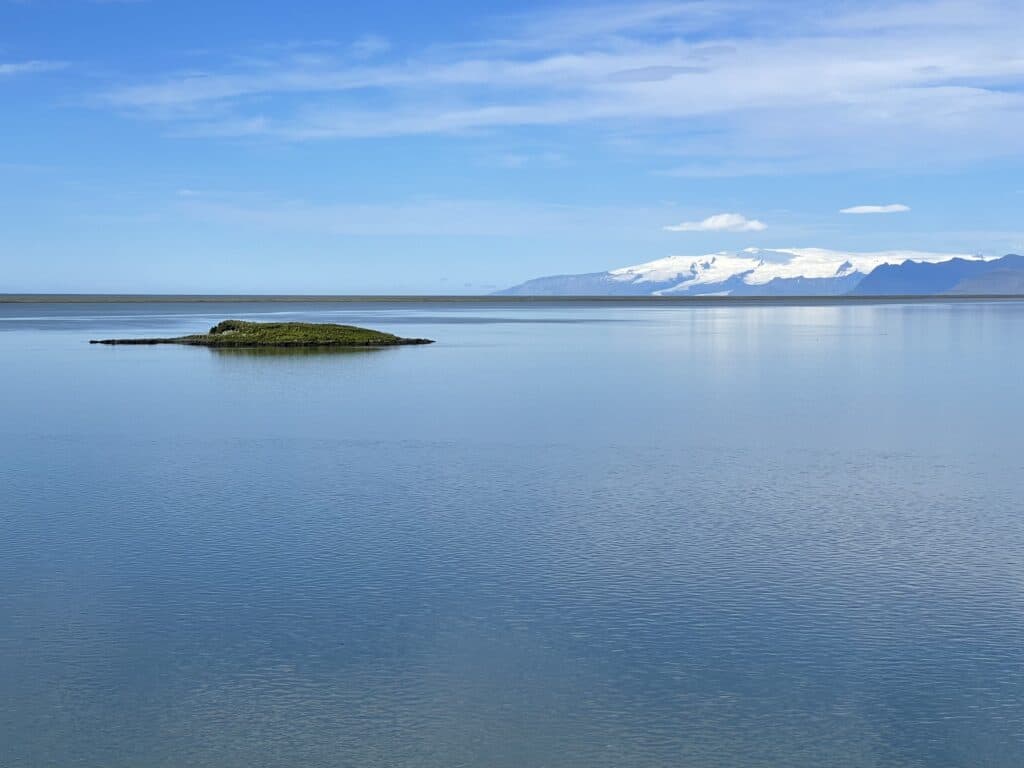
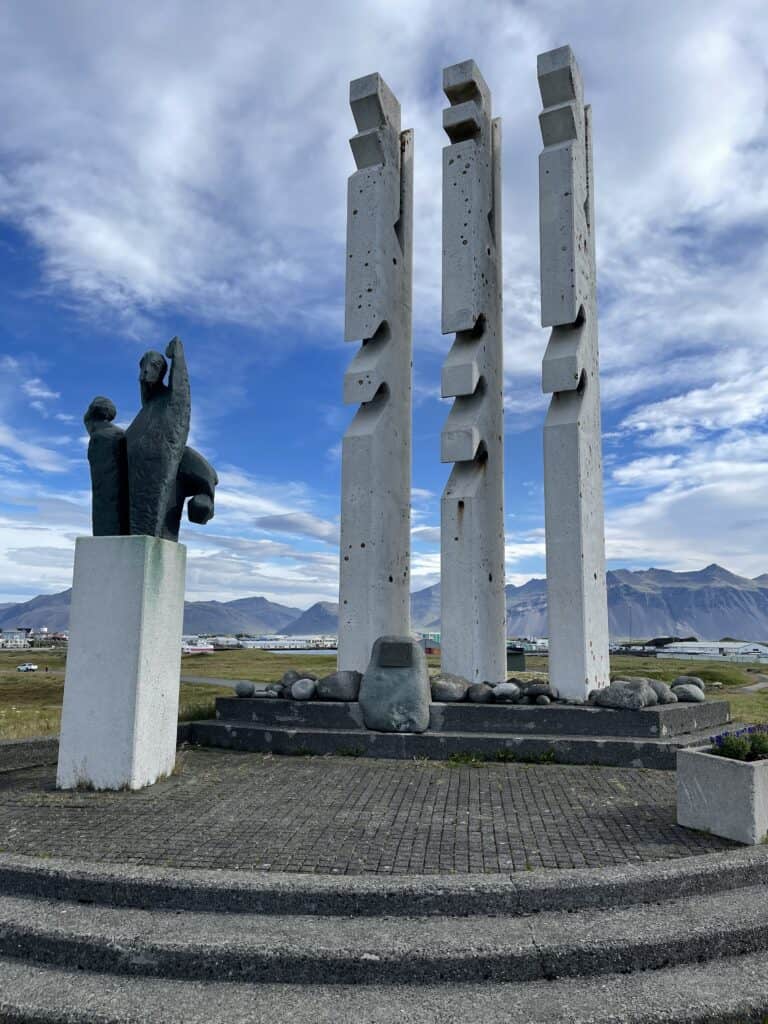
Yesterday being Sunday we had an early walk for 6kms along the coastal path, went out for a long lunch and RnR’d what was left of the afternoon. We readied the Hymer for the road and drove down to the pool (Isk500 pp seniors) for our laps and some unwinding in the spa before returning to the highway.
We have set the GPS for a recommended campsite in Djúpivogur. The GPS tells me its exactly 100kms away and that suites our schedule nicely.
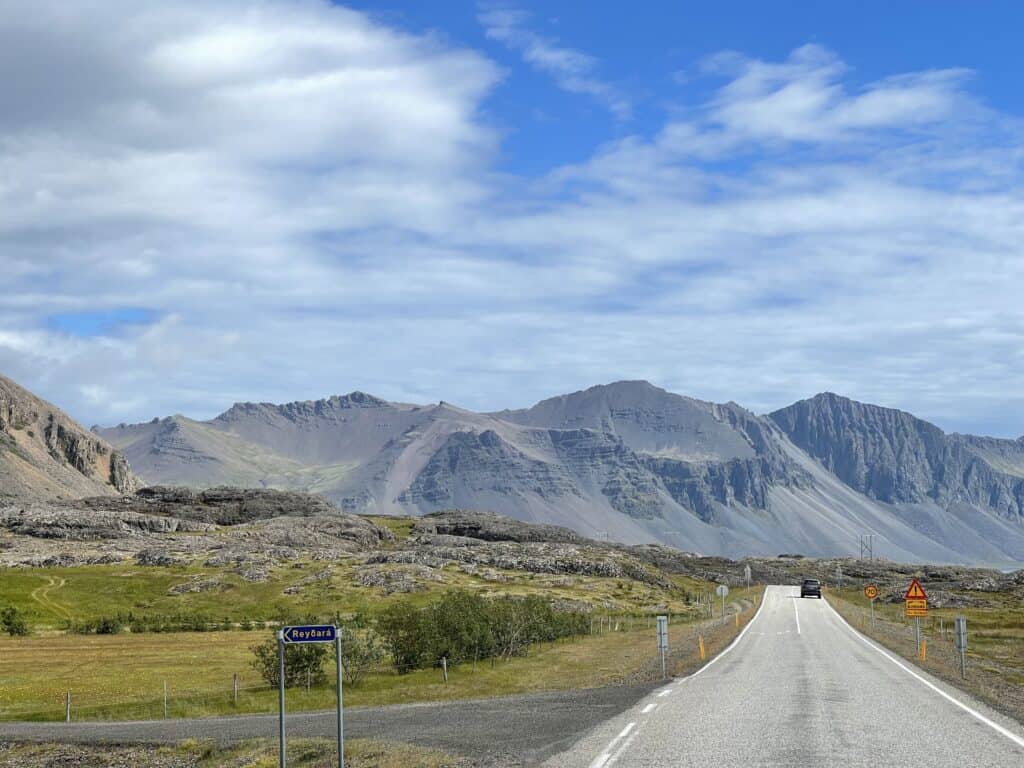
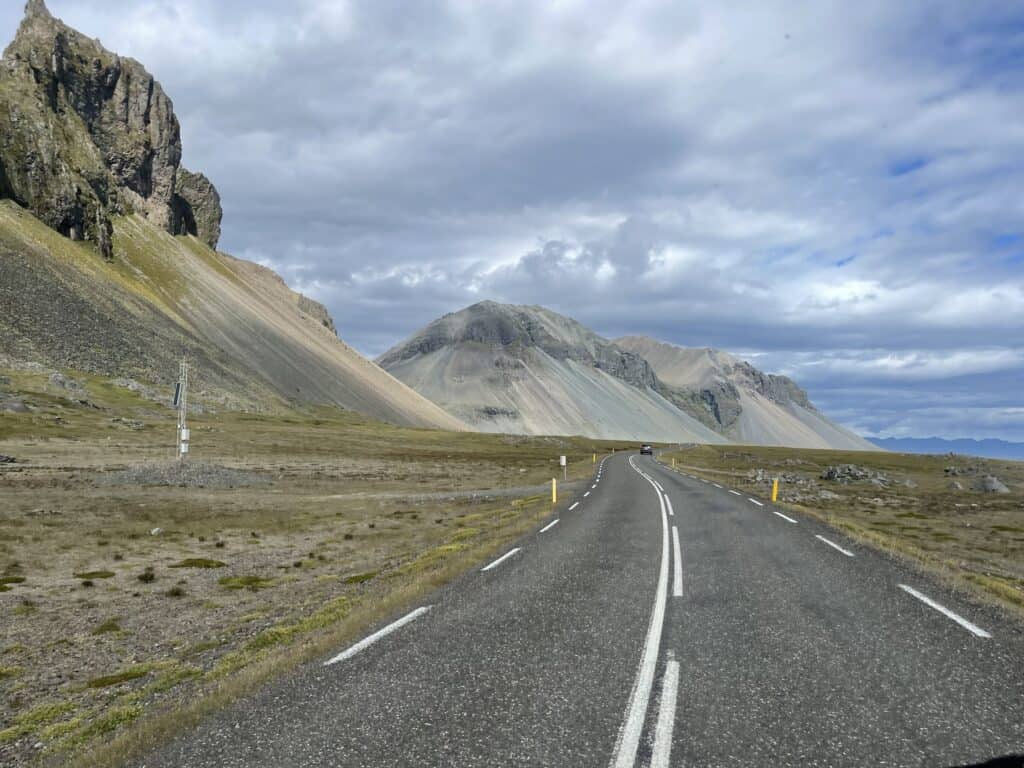

The road closely follows the coast with the exception of one tunnel. Must have been close to 20 single lane bridges which make for a slow drive but we just amble along at 80 kph. The challenge is taking in the scenery and staying on the road.

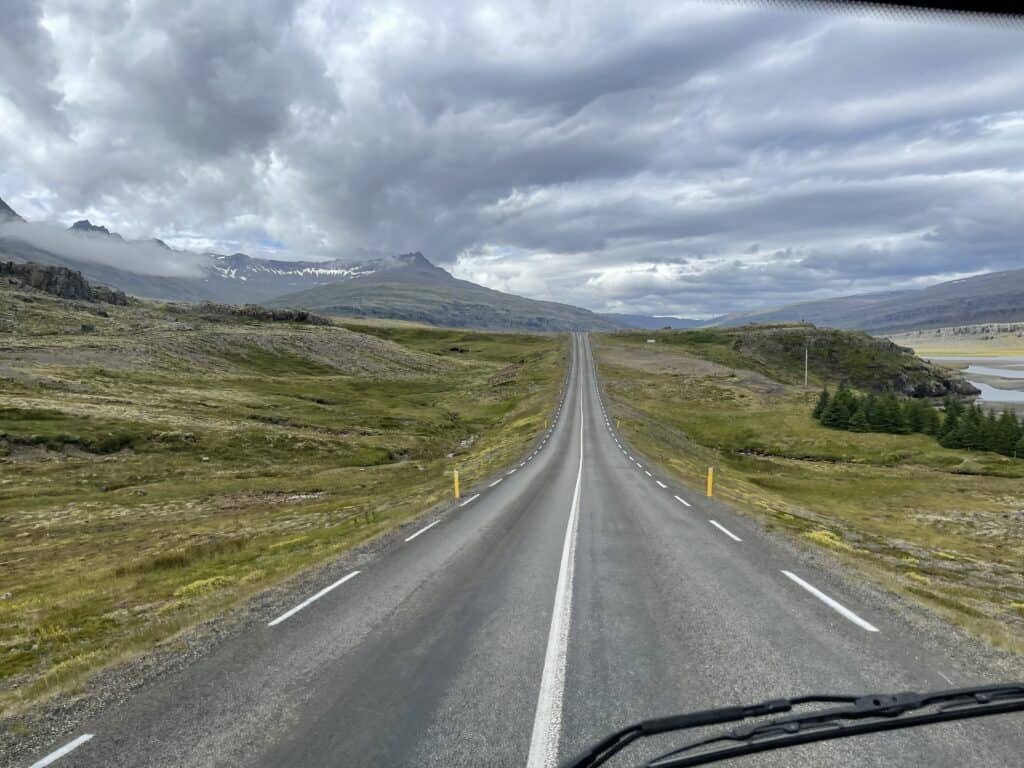

Eventually our scenic drive along route #1 concludes when we turn into Djúpivogur. It’s an isolated section of the highway, 100 km without a village or even an un-staffed service station, which are quite common here in Iceland.
Djupivogur, Austurland, Iceland
After settling the Hymer into the campsite we go for a walk to stretch our legs and take a photo. To our surprise there is a small cruise ship sitting at anchor in the bay, so there’s plenty of people wandering about.
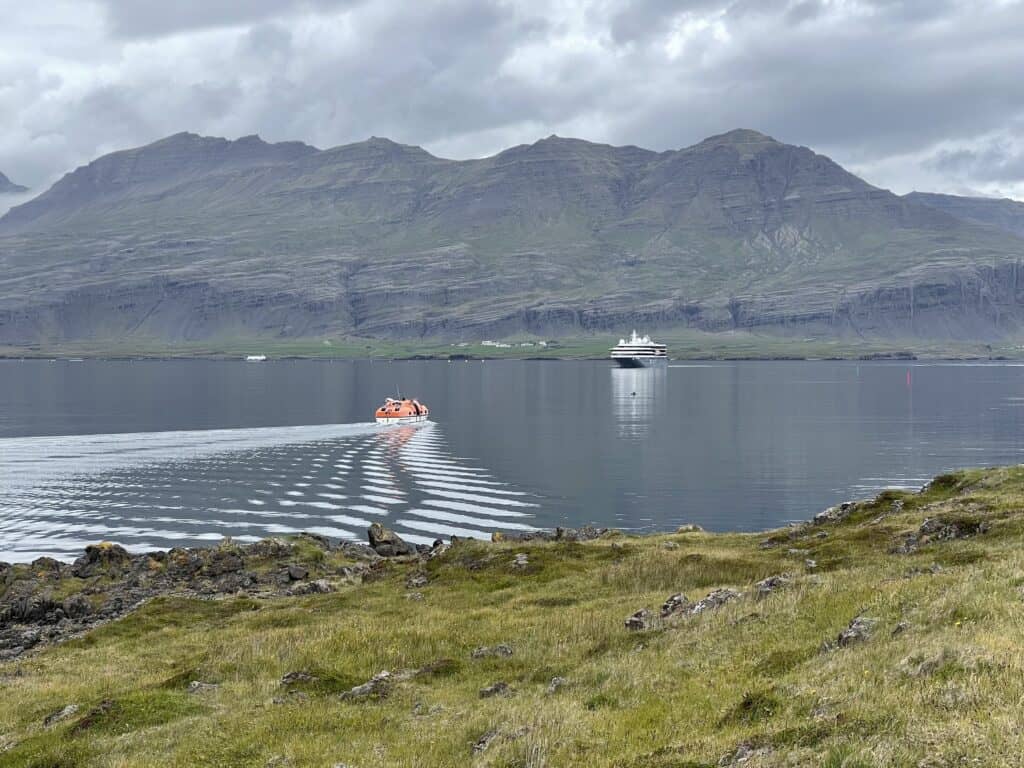
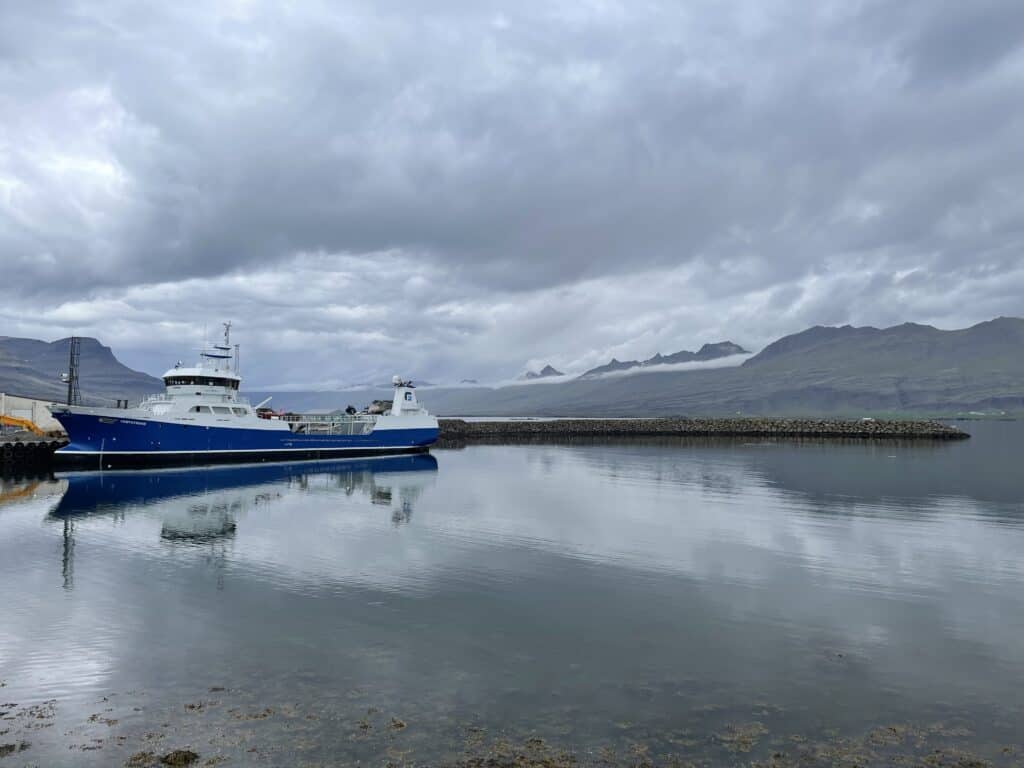

We find the swim centre is just up the street from the campsite, Djúpivogur (population 450), like virtually every village in Iceland, has an indoor heated pool, a kids pool and three spas. As they have a senior’s discount, maybe we should do few laps in the morning.
Michael + Pam

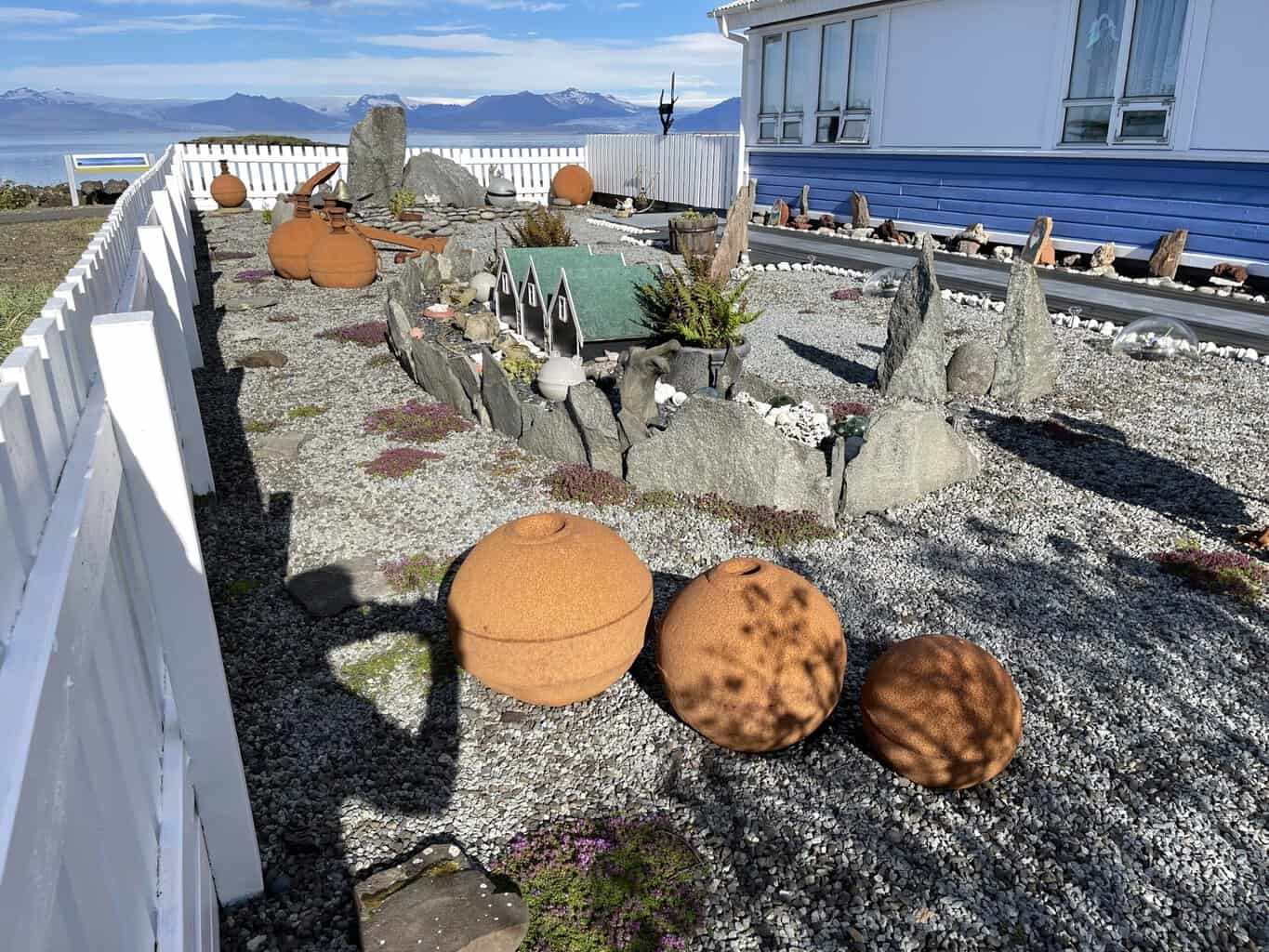

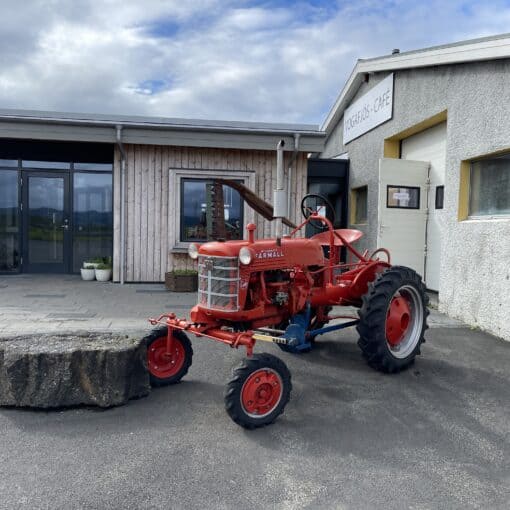
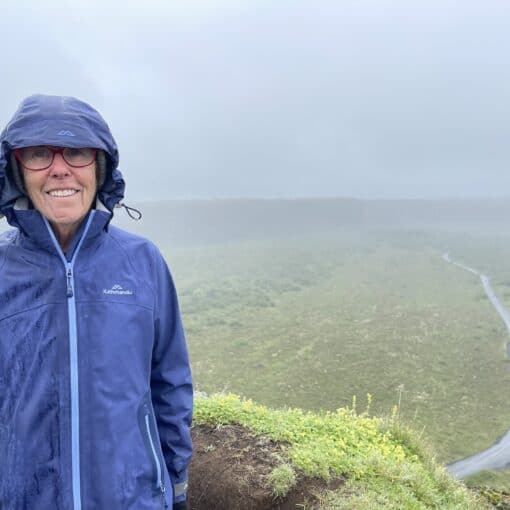
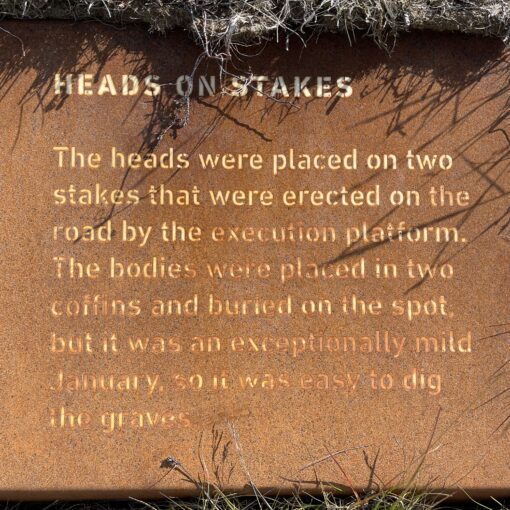
2 thoughts on “Djúpivogur, Iceland 🇮🇸 2022”
Again excellent photos 📸 I I just about think I’m travelling with you 😊
Pretty amazing to build pools and all the associated infrastructure for such small populations. Is it so children all learn to swim early or a general population exercise / wellbeing thing?